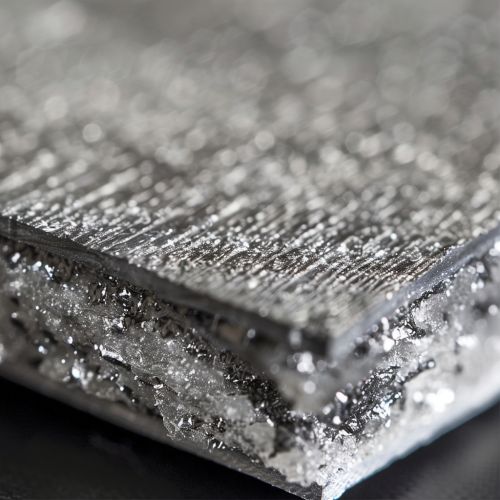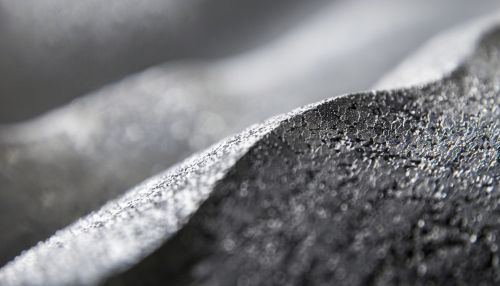Electrostriction
Introduction
Electrostriction is a property of all dielectric materials that causes them to change their shape in response to an electric field. This phenomenon is a quadratic effect, meaning it is proportional to the square of the applied electric field. Electrostriction is a reversible process and is observed in all dielectric materials, unlike the linear piezoelectric effect which is only observed in materials lacking a center of symmetry.
History
The term 'electrostriction' was first coined by Gabriel Lippmann in 1881. Lippmann was a French physicist and the winner of the 1908 Nobel Prize in Physics for his method of reproducing colors photographically based on the phenomenon of interference. His work in the field of electrostriction was one of his less known contributions to the field of physics, but it has had a lasting impact on the development of electromechanical devices.
Phenomenon
Electrostriction is a property of dielectric materials that causes them to deform when an electric field is applied. This deformation is a result of the polarization of the material. When an electric field is applied, the positive and negative charges within the material are displaced in opposite directions. This displacement results in a change in the shape of the material. The amount of deformation is proportional to the square of the electric field, which means that the deformation is always positive, regardless of the direction of the applied field.
Electrostrictive Materials
Electrostrictive materials are a class of materials that exhibit a large electrostrictive effect. These materials include certain ceramics, polymers, and glasses. One of the most well-known electrostrictive materials is lead magnesium niobate (PMN), which exhibits a large electrostrictive effect and is used in a variety of applications, including actuators, sensors, and transducers.


Electrostriction vs Piezoelectricity
While both electrostriction and piezoelectricity are electromechanical effects, there are key differences between the two. Piezoelectricity is a linear effect, meaning the deformation is proportional to the applied electric field, and it is observed only in materials that lack a center of symmetry. Electrostriction, on the other hand, is a quadratic effect and is observed in all dielectric materials. Additionally, piezoelectric materials exhibit a direct effect, where mechanical stress results in an electric charge, and a converse effect, where an electric field results in mechanical strain. Electrostrictive materials only exhibit the converse effect.
Applications
Electrostrictive materials have a wide range of applications due to their ability to convert electrical energy into mechanical energy and vice versa. They are used in actuators, sensors, and transducers. In actuators, they are used to convert electrical energy into mechanical motion. In sensors, they are used to convert mechanical stress into an electrical signal. In transducers, they are used to convert one form of energy into another.
